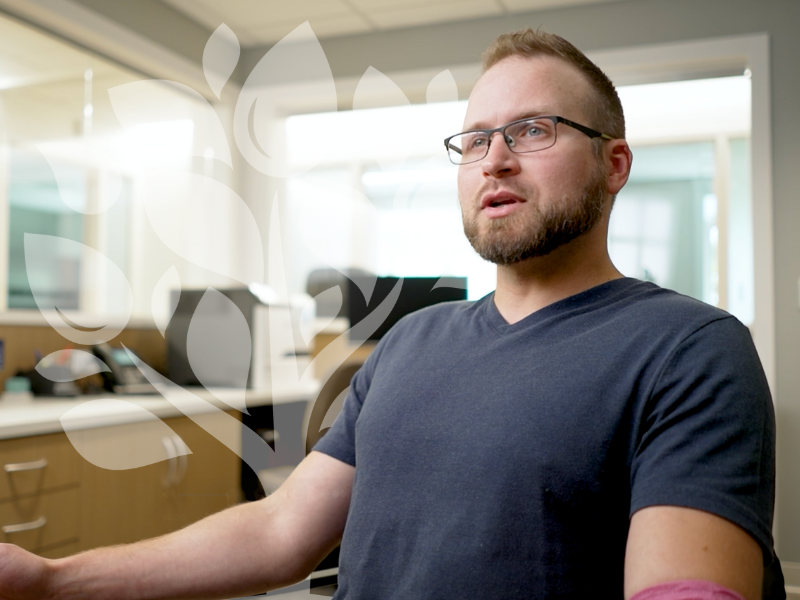We all can experience the feeling. It is the dark of winter, bitter cold outdoors, dark mornings, and you want to stay buried in the comfort of your bed. We experience more tiredness and having less gas in the physical and emotional tank. So, the question becomes, how can we combat the agony of winter fatigue in the middle of a pandemic?
This brief article will help provide some quick tips on being able to function through what many go through, and that is the winter blues and quite possibly Seasonal Affective Disorder. This article will hopefully allow you to feel that you are not the only one that experiences this pattern which can be both short-term or long-term in nature.
We often feel less motivated during winter months for several reasons, but there is one in particular that seems to affect most across the board. The fact is that during the winter months, we are away from sunlight more than not and the essence of Vitamin D is what helps boost energy and a sense of positivity. In addition, sunlight exposes us to more Serotonin which is the hormone enhancer to boost happiness and positive energy and winter can flatline this and place you at a higher risk for seasonal depression. Sunlight also triggers something we already have in our body and that is melatonin, the trigger for better sleep. We know that interrupted sleep patterns will inevitably reduce energy levels and add risk for irritability and inconsistent mood patterns.
So, what can you do to improve/boost motivation and happiness during the cold months? There are some ways in which we can use simple, but effective, strategies to maybe not make things perfect, but at least improve your temporary funk.
1. Try to wake up early to start off positive, such as a 20-minute exercise or just be in a state of relaxation and calm. An example could be a walk, weather permitting, or just some morning stretches.
2. Not only write, but follow through with, a “to do” list that is short and within reason so that you are not overwhelmed but feel the sense of completing something during the daytime.
3. Complete overall goals that are realistic. Change comes in small amounts so it is easy for us to do the “all or nothing” approach. Keep goals that are both short and long term.
4. Try to switch your routine daily or every other day. It will help break the monotony you already may feel trying to just get out of bed. A routine change can be enough to spark that energy you need.
5. Immerse yourself in a good book or listen to a podcast that might be engaging enough to pass time instead of extend your sleep.
6. Change your environment within your home setting. It becomes unhealthy to barricade oneself in a bedroom that seems safe, but can become dark and depressing.
7. Consider a “therapy light” that can almost emulate sunlight and perhaps boost some temporary vitamin D.
8. Go outside and enjoy time with your children or simply breathe fresh air.
9. If done safely, engage with a couple of friends so that social activity is not totally withdrawn from your lifestyle.
To conclude, it is very difficult to cope during both a difficult time of the year and during a continued pandemic with restrictive activities and options. Winter months can feel debilitating, but know that you are not alone and doing some simple activities can make one feel they are getting through a long season in somewhat of a shorter period of time.




